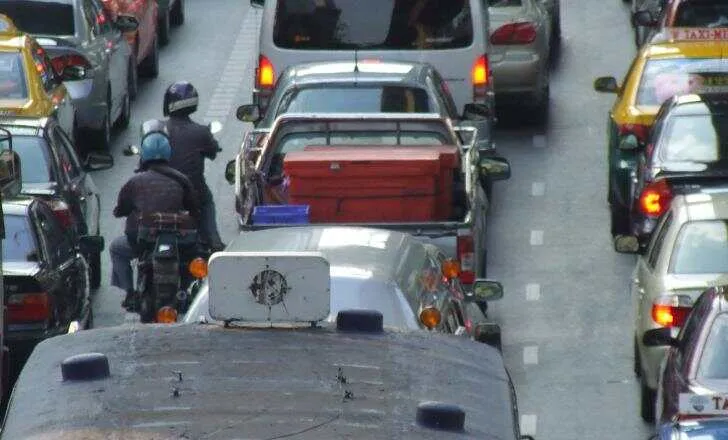A five-year plan for infrastructure development is being called for in Italy. Italian banking group Intesa Sanpaolo says that €250 billion of infrastructure work, including road and airport improvements, will help boost the country’s economy. The bank says that private sources could provide much of the funding.
May 14, 2012
Read time: 1 min
A five-year plan for infrastructure development is being called for in Italy. Italian banking group 1473 Intesa Sanpaolo says that €250 billion of infrastructure work, including road and airport improvements, will help boost the country’s economy. The bank says that private sources could provide much of the funding.








